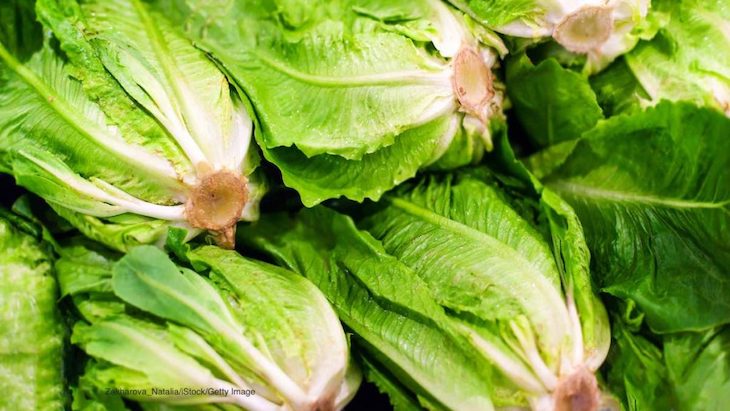In the past two years, there have been five E. coli romaine lettuce outbreaks in the United States. We have to ask: Is romaine safe to eat?

The government is having great difficulty trying to trace back romaine that is responsible for these illnesses to the responsible farm, supplier, or distributor. So far, 387 Americans have been sickened in these Shiga toxin-producing E. coli (STEC) outbreaks, 181 have been hospitalized, 35 have developed hemolytic uremic syndrome (HUS), a type of kidney failure, and 6 have died.
There have been a few recalls during these outbreaks, and the FDA has been able to identify the growing areas in a few outbreaks. One outbreak was linked to a specific farm in California. But the CDC outbreak notices typically state, “No common grower, supplier, distributor, or brand of romaine lettuce has been identified.”

You can contact food safety attorney Fred Pritzker for help by calling 1-888-377-8900 or 612-338-0202.
Food safety lawyer Fred Pritzker, who is representing many clients sickened in all of these outbreaks, said, “If we know, for example, the source of the Maryland product, what are the traceback results from that and why is it taking so long to identify growers and distributors? Why ate supply chains so opaque and poorly documented?
“If we knew this information, we could determine who else received the same product. This is a glaring problem that was known as a result of the same proxy’s in 2018 which centered on irrigation water. How and why was this not monitored? This is a government failure of the highest magnitude which shows indifference at best and much more likely malfeasance, a total lack of oversight and a brightline need for immediate regulatory action. American consumers have every reason to be shocked and outraged and should demand changes.”
You can answer the question “is romaine safe?” yourself. These are the outbreaks linked to or associated with romaine in late 2017, 2018, and 2019:
| • | The current romaine E. coli O157:H7 outbreak has sickened 67 people, hospitalized 39, and triggered 6 HUS cases. The FDA thinks the lettuce was from the Salinas, California growing area and has advised consumers to avoid those products. | |
| • | A secret romaine E. coli outbreak that sickened 23 people and hospitalized 11 in September 2019 was announced by the FDA in November 2019. The FDA did not release information about this outbreak as it was occurring because they felt there was no “actionable information for consumers during this investigation.” | |
| • | The STEC romaine outbreak that ended in December 2018 sickened 62 people and hospitalized 25. Two people developed HUS. Romaine lettuce from the Central Coastal growing regions of northern and central California was the likely source of this outbreak. | |
| • | In early 2018, a huge E. coli O157:H7 outbreak linked to romaine lettuce sickened 210 people. Ninety-seven people were hospitalized. Twenty seven developed HUS. And five people died: they lived in Arkansas, California, Minnesota, and New York. This infection was also spread person-to-person. Officials said that romaine lettuce from the Yuma, Arizona growing region was the culprit, but no one farm or supplier was identified. | |
| • | An E. coli O157:H7 outbreak linked to leafy greens sickened 25 people, hospitalized nine, and killed one person who lived in California in November 2017. Romaine lettuce was eaten by 56% of patients who were interviewed, but the CDC couldn’t name romaine specifically in this outbreak because that percentage wasn’t statistically significant. |
So is romaine safe to eat? Consumer Reports, the consumer advocacy agency, is advising consumers to avoid all romaine lettuce entirely. They say that it’s less confusing for consumers to avoid romaine completely, because it is sold unpackaged and is added to so many other products. While many romaine products are labeled with the source of origin, some aren’t. [Editor’s note: My family is completely avoiding romaine.]
Symptoms of an E. coli infection include severe and painful cramps and diarrhea that is bloody. Symptoms of HUS include no urine output, lethargy, pale skin, and easy bruising. If anyone you know has eaten romaine or leafy greens and is experiencing these symptoms, they need to see a doctor immediately.




